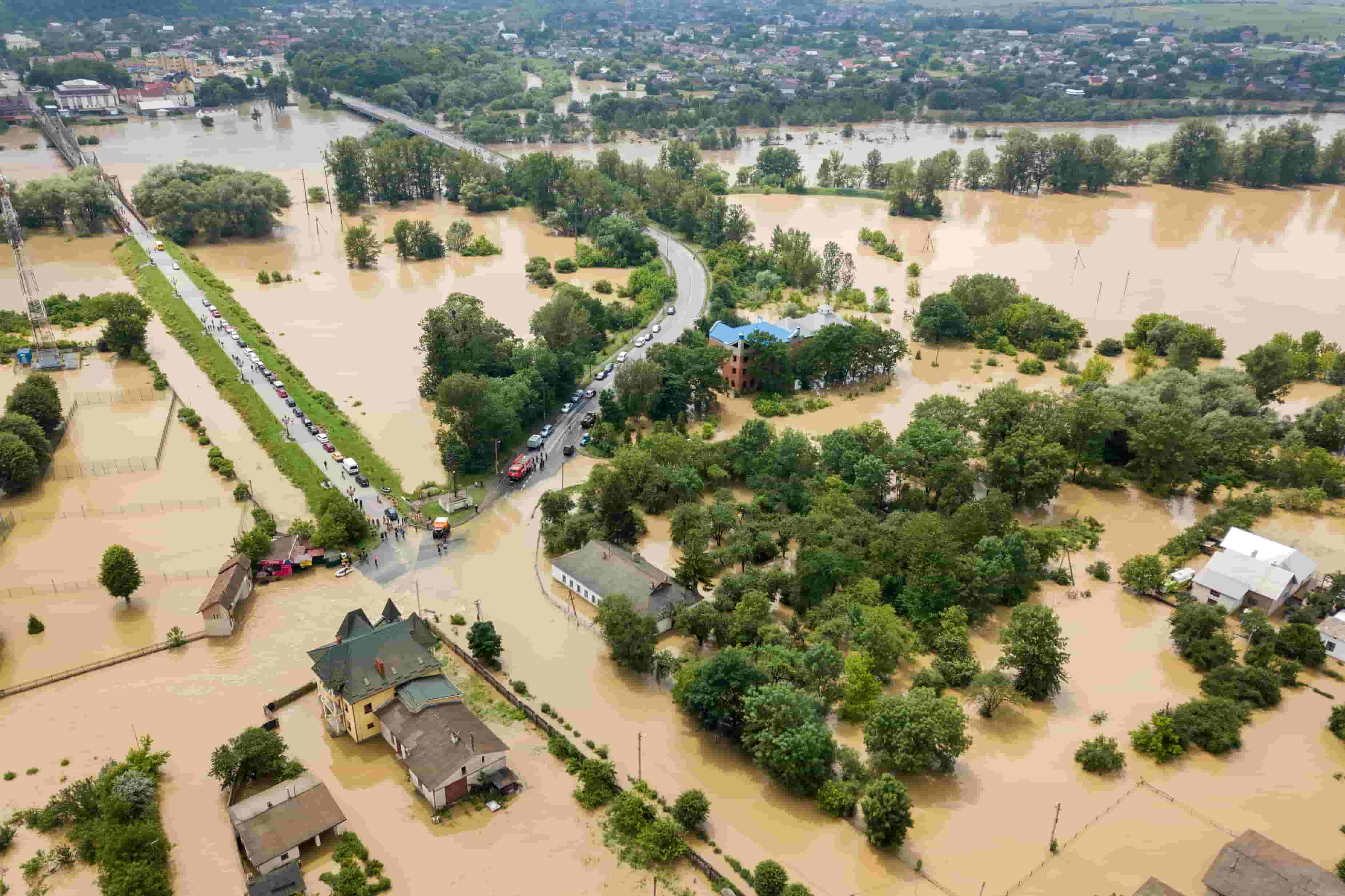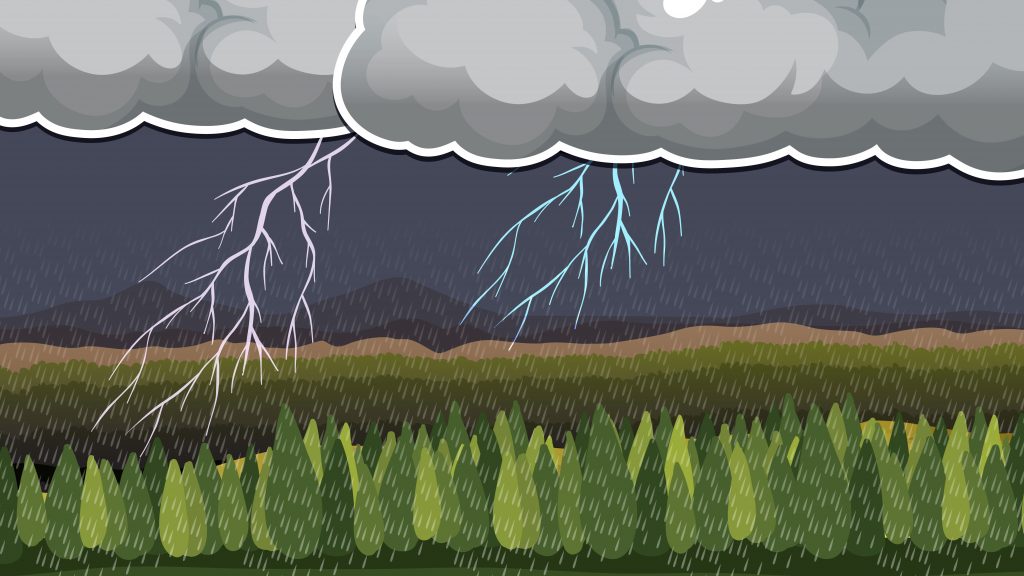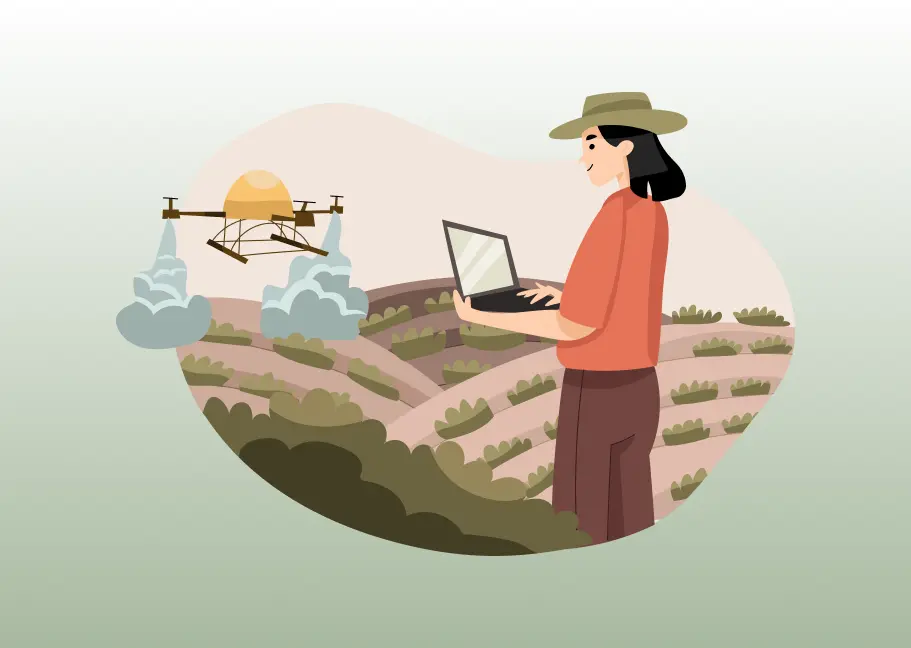
Discover how flood early warnings can be a critical tool for risk preparedness, reduce property damage, and enhance disaster management.

Floods are one of the most devastating natural disasters, causing vast damage to infrastructure, agriculture, and human life. Flood Early Warning Systems are increasingly recognized as a critical tool in disaster management. Recent studies and technological advancements highlight the significant benefits of flood early warning systems in mitigating the impacts of floods. This blog explores these benefits, supported by recent research and papers and how Vassar Labs has been using cutting-edge technologies for Early Warning System.
The UNDRR defines Early Warning Systems as “an integrated system of hazard monitoring, forecasting and prediction, disaster risk assessment, communication and preparedness activities systems and processes that enable individuals, communities, governments, businesses and others to take timely actions to reduce disaster risks in advance of hazardous events.”
Flood Early Warning Systems rely on accurate and timely information. This information comes from various sources, including weather forecasts, monitoring, and satellite imagery. These systems provide critical information on the timing, location, and severity of potential floods, enabling authorities to take proactive measures.
Vassar Lab has been at the forefront of developing cutting-edge early warning systems for floods, by their innovative aquaFLOOD platform. The primary objective of aquaFLOOD is to provide accurate and timely information about potential flooding events, including inflow forecasts and resulting inundation patterns. This system aims to offer early warnings of impending flood events by forecasting inflows at various control locations across the basin and identifying areas at risk of inundation. By enabling hydrologic simulations that integrate real-time hydrological and meteorological data, aquaFLOOD helps authorities track flood progression, assess its severity, and make informed decisions based on up-to-date information. This capability is crucial for alerting authorities and communities in advance, allowing proactive measures to be taken to manage impending disasters effectively.





















